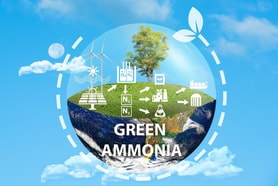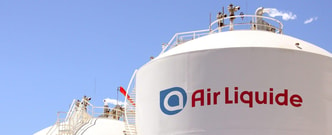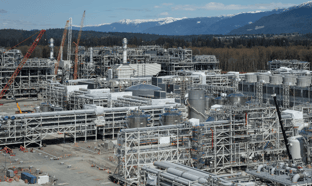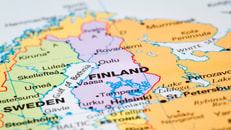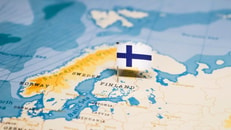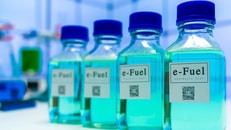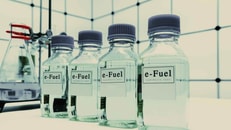CO2 captured from air for eSaf in Finnish pilot
Carbon dioxide (CO2) captured directly from the air is being used to develop sustainable aviation fuel (eSAF) in a demonstration project in Finland.
Soletair Power, a Finnish direct air capture (DAC) company, has delivered a batch of CO2 extracted from ambient air to Liquid Sun, a CO2 utilisation specialist, to help refine synthetic aviation fuel feedstocks.
The project, taking place in Tampere, Finland, is part of Liquid Sun’s industrial demonstration of eSAF technology, using low-temperature electrolysis to convert CO2 into fuel.
“To my knowledge, this is one of the first experiments in Finland, and perhaps even the Nordic region, where air-captured CO2 is being refined into eSAF feedstocks,” said Pasi Keinänen, CEO of Liquid Sun.
... to continue reading you must be subscribed






